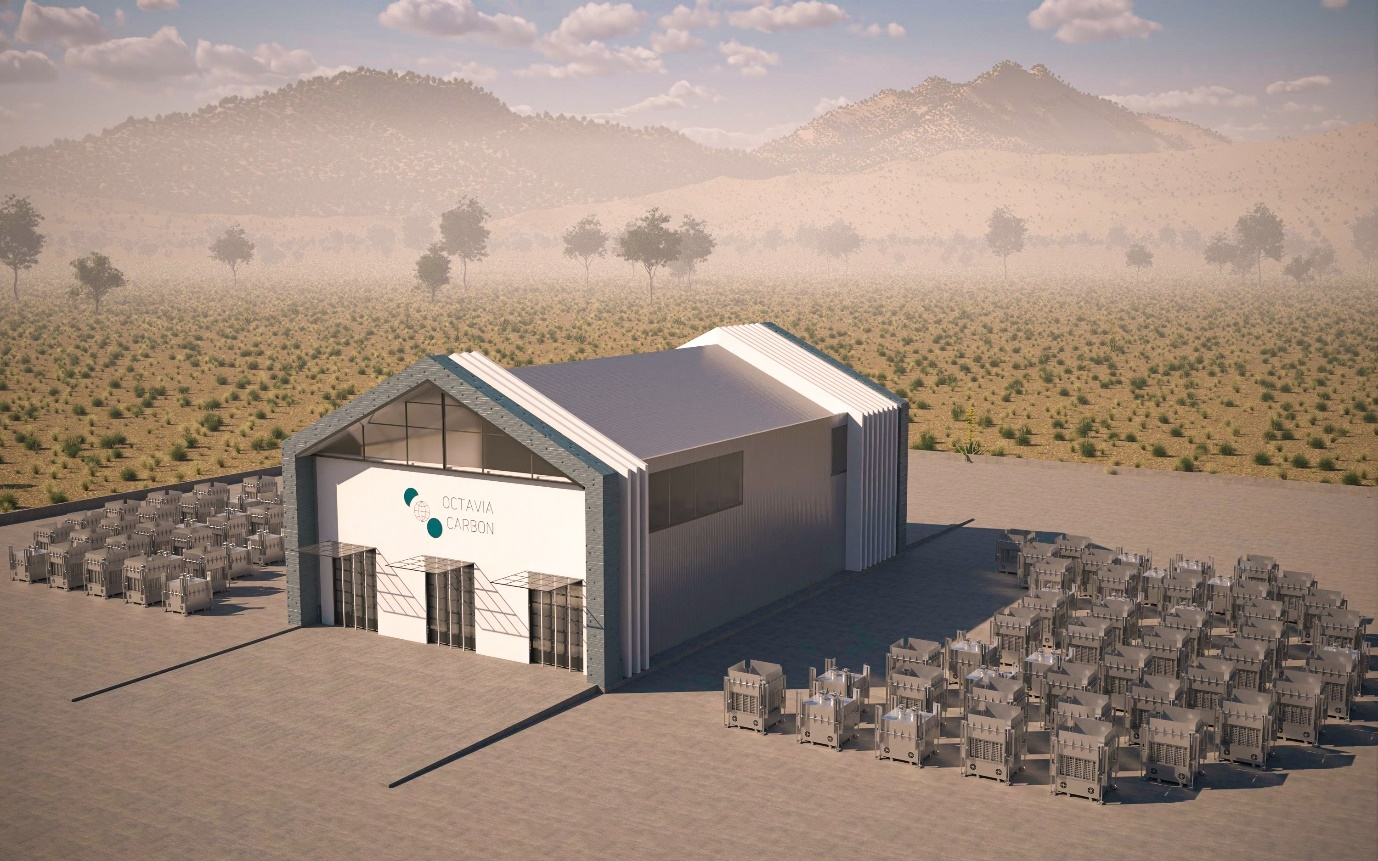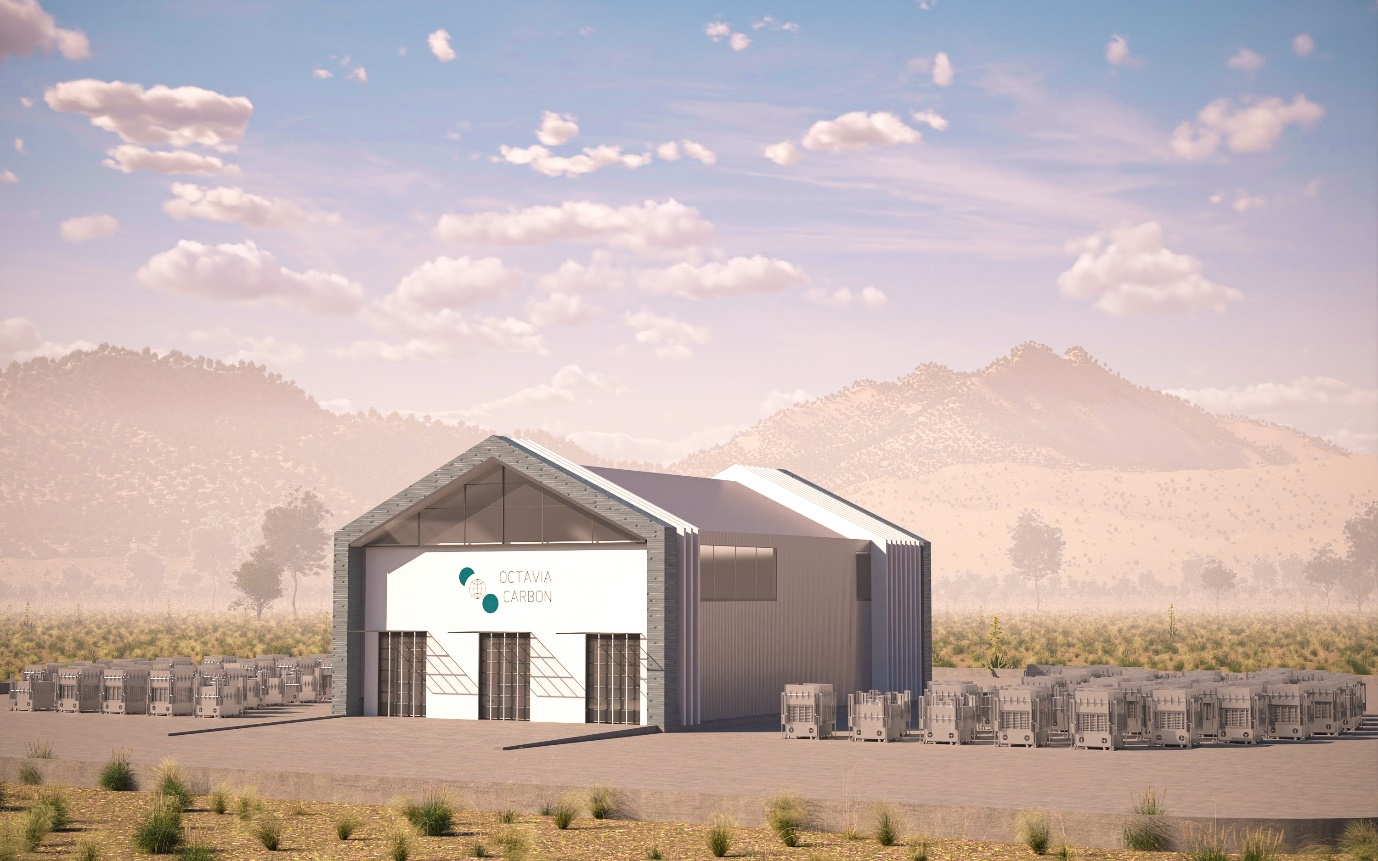Octavia Kenya Direct Air Capture
Capturing and permanently storing 10,000 tonnes of CO₂ over the project's 10-year lifetime.
Octavia Carbon is the Global South’s first Direct Air Capture (DAC) company based in Kenya that designs, builds, and deploys machines able to capture carbon dioxide (CO2) from the atmosphere. By harnessing Kenya's renewable energy, geology, and talent, DAC can be deployed at a low cost to accelerate climate innovation in Africa.
In partnership with Cella, a carbon mineralization company, Octavia Carbon is set to build the first DAC + Storage plant in the southern hemisphere, known as Project Hummingbird. Located along the Kenyan Rift in Naivasha town, Project Hummingbird will capture and permanently store 10,000 tonnes of CO2 during its 10-year lifetime.
Octavia’s DAC approach integrates geothermal waste heat into their process to overcome the traditionally energy-intensive nature of DAC, cutting down their DAC electricity requirements by ~85%. Additionally, Octavia is building one of the world's most modular DAC machines with their latest model, Lenana, with a capacity to capture 10 tonnes of CO2 a year, and a total of 100 Lenanas deployed to the project.
Leveraging the geology along the Kenyan Rift, Cella will inject the captured CO2 underground into basalt rock layers. The CO2 will be transformed into carbonate minerals through chemical reactions, locking away the CO2 permanently for millions of years.
Beyond carbon removal, Project Hummingbird and subsequent scale ups have the potential to lower energy costs for Kenya’s rural and urban communities. On average, 1000 MWh of geothermal electricity is wasted daily in Kenya due to lack of adequate demand. This leads to increased electricity costs for end consumers, who bear the cost of the excess capacity generated.
By utilizing this excess capacity, Project Hummingbird and its successors will incentivize the government to expand the grid’s capacity, thus increasing energy access to rural and urban communities and decreasing electricity costs for low-income Kenyans. The project will also create green jobs for local pastoral communities whose livelihoods have been stripped by prolonged droughts.
Project Hummingbird will be validated against the Puro.earth Geologically Stored Carbon Standard and will likely be the first DAC + Storage project validated against an MRV methodology endorsed by the International Carbon Removal and Offsetting Alliance (ICROA). Commercial operations of the plant will begin mid-2024.
Project location
Technology and mechanism
Project certifications
Certifier
Standard
puro.earth
Registry ID
100272
Project registration date
Crediting period term
Project design document (PDD)
LCA: Octavia Kenya Direct Air Capture
Current verifier of project outcomes
DNV
Project details







